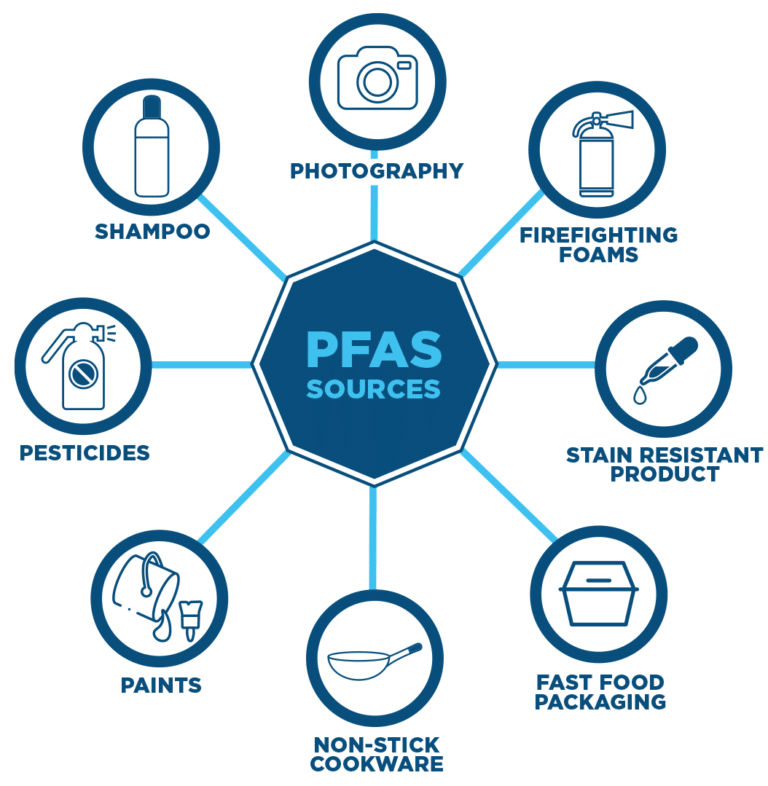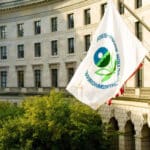EPA Toxic Pollutant List
“See No Evil”
The U.S. Environmental Protection Agency (“EPA”) has failed to update two lists of toxic pollutants that are key to Clean Water Act (“CWA”) regulatory programs for 47 years. The delay is reflected in the wide range of toxic pollutants found in water, sediment, fish, and wildlife, jeopardizing the most vulnerable—threatened and endangered species and people already subject to environmental injustices.
U.S. Environmental Protection Agency (“EPA”) has failed to update two lists of toxic pollutants that are key to Clean Water Act (“CWA”) regulatory programs for 47 years. The delay is reflected in the wide range of toxic pollutants found in water, sediment, fish, and wildlife jeopardizing the most vulnerable—threatened and endangered species and people already subject to environmental injustices.
Years lists not updated
Toxic chemicals not regulated
%
Estuary prey fish contaminated
Petition Demands EPA Regulate the Discharge of Unregulated Toxic Chemicals to Water
Northwest Environmental Advocates and the Center for Biological Diversity have petitioned the U.S. Environmental Protection Agency (EPA) to update the Clean Water Act’s Toxic Pollutant List to which no pollutants have been added for 47 years. This, despite a Congressional directive that EPA add chemicals to the list from “time to time.” The Toxic Pollutant List drives the law’s pollution control requirements to curtail toxics in the nation’s waters. But, as the result of EPA’s failure to update the list, most of the thousands of chemicals used in today’s manufacturing, offices, and homes—that end up in lakes, rivers, and streams—are not regulated.
Decades after passage of the Clean Water Act, toxic contamination in the nation’s waters remains high and is growing worse, harming human health and aquatic life, including threatened and endangered species. Much of this contamination is from “contaminants of emerging concern,” including known hazards such as endocrine disruptors, pharmaceuticals, personal care products, and pesticides. Even so, no new pollutants have been added to the original, and now 47-year-old, Toxic Pollutant List. Inclusion on the list is a first step under the Clean Water Act towards regulating discharges of toxic contaminants.
How does the Toxic Pollutant List reduce toxic contamination?
When a pollutant is placed on the Toxic Pollutant List, the Clean Water Act requires EPA to develop, and regularly update, minimum treatment requirements for industrial dischargers of the pollutant to the nation’s waters, as well as for those that discharge indirectly through sewage treatment plants. Additionally, for all pollutants on the Toxic Pollutants Lists, states must adopt criteria in their water quality standards if EPA has published recommendations for them.
What kinds of toxic pollutants are included in the Petition?
The Petition describes multiple categories of toxic pollutants not presently included on the Toxic Pollutant List. Following are some examples:
-
- found at Superfund sites
- pharmaceuticals and personal care products
- microplastics
- currently used pesticides
- endocrine disruptors
- toxic tire residue
What is the Pretreatment Program and why is it important?
While some industries discharge directly to waterways, regulated under a discharge permit, many other sources discharge to sewage collection systems. These indirect discharges may or may not be regulated under outdated “pretreatment” programs administered by cities. As with direct dischargers, the integrity of the pretreatment program relies heavily on the Toxic Pollutant Lists. For toxics that sewage treatment cannot remove, pretreatment is essential. For example, not only does sewage treatment nor remove PFAS chemicals but, instead, PFAS often increases.
What does the Petition ask EPA to do?
The petition requests that EPA take three general actions. First, it asks EPA to add hundreds of named toxic pollutants to the Toxic Pollutant List. Second, it asks EPA to establish a rule to keep the Toxic Pollutant List updated in the future. Last, it asks EPA to make formal determinations on what toxic pollutants must be covered by the pretreatment program for indirect discharges.




